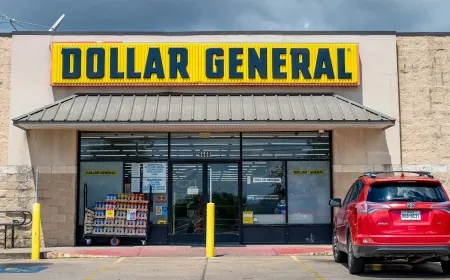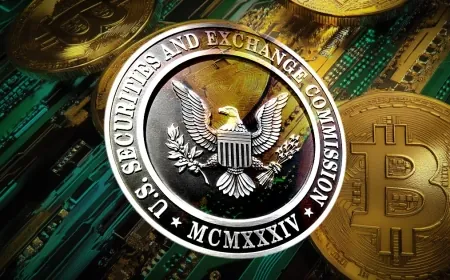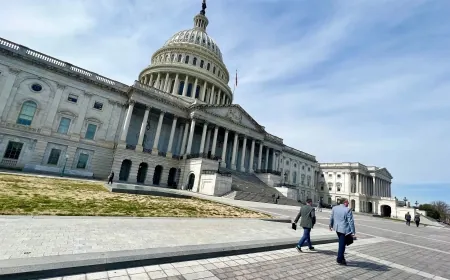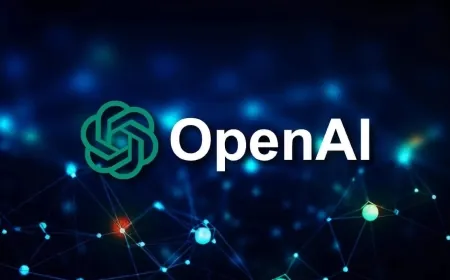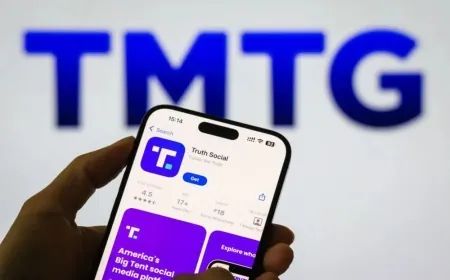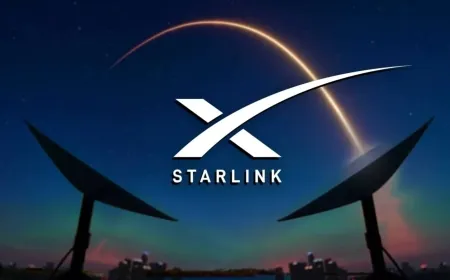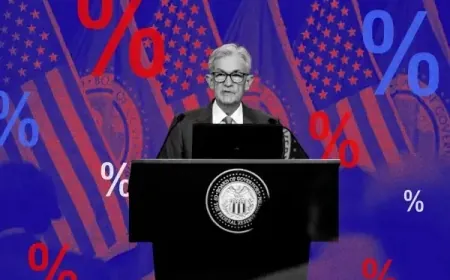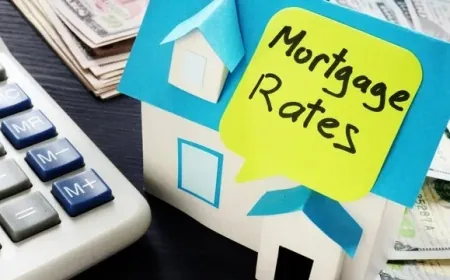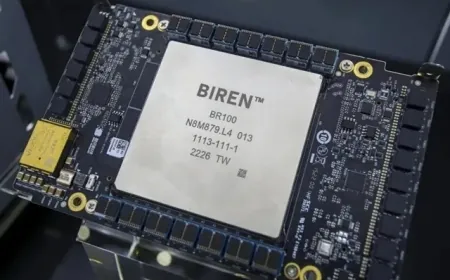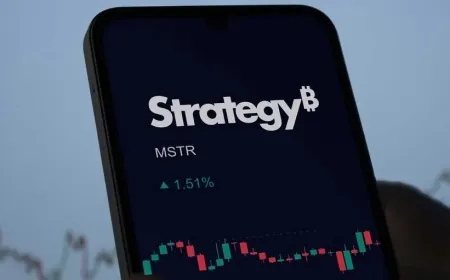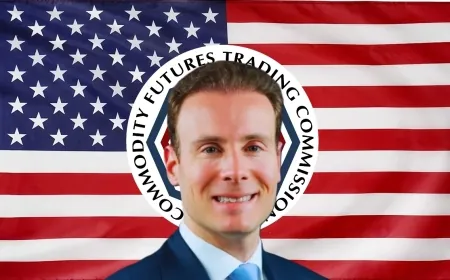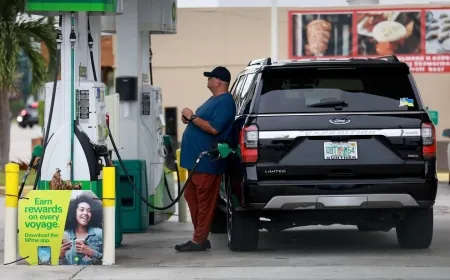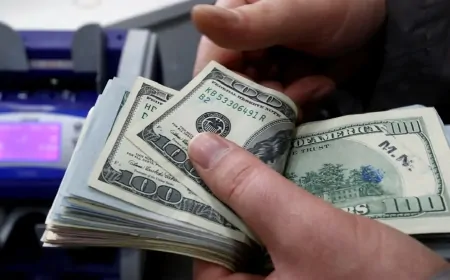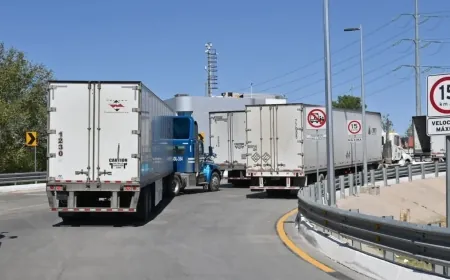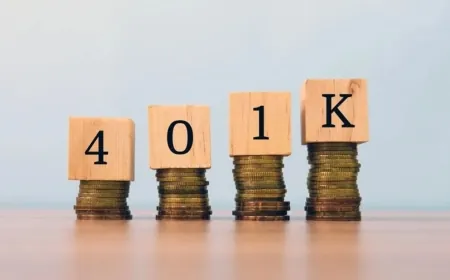2025 Federal Student Loan Problems: Errors, PSLF Delays, and How to File Complaints
Borrowers struggle with misapplied payments, PSLF delays, and renewed collections. Key 2025 updates every federal student loan holder must see.
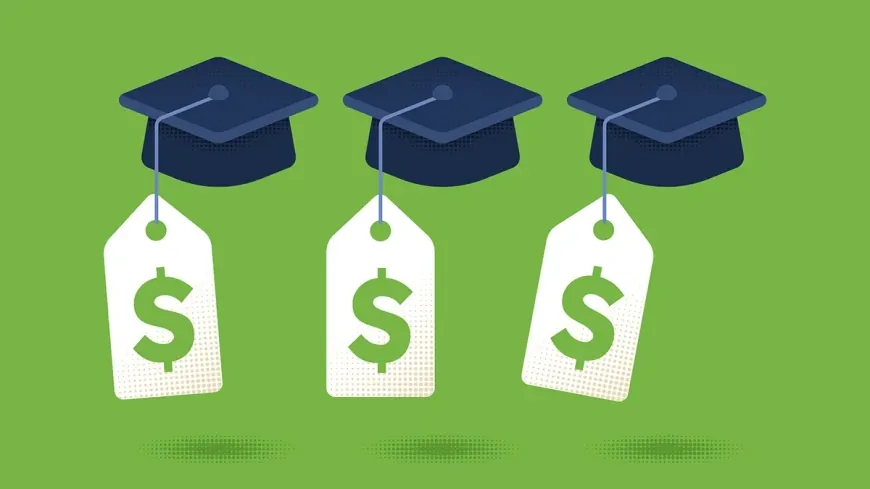
Washington, D.C. — Federal student loan repayments restarted in May 2025, affecting more than 43 million borrowers who paused payments during the pandemic. Many now risk wage garnishments, tax refund offsets, and late fees if their accounts are in default. The Department of Education restarted collections in May, targeting borrowers who have missed payments for 270 days or more. Those in default may face wage garnishments of up to 15% of disposable income, loss of federal tax refunds, and negative credit reporting.
Federal student loans represent over 92% of U.S. education debt, totaling more than $1.6 trillion. Many borrowers rely on Public Service Loan Forgiveness (PSLF) or income-driven repayment (IDR) plans to manage their debt, but administrative errors are creating widespread frustration. Common problems include misapplied payments, delayed approval for forgiveness programs, slow processing of IDR applications, and months-long delays in issuing refunds.
According to the Consumer Financial Protection Bureau (CFPB), federal student loan complaints reached a record 14,000 in 2024. Borrowers report repeated errors from loan servicers, including incorrect payment postings, inaccurate statements of loan balances, and delayed application updates for forgiveness programs, leaving many unsure of their actual financial status.
Pandemic Pause Ends, Collections Resume
Federal student loan repayments, which were frozen during the COVID-19 pandemic, officially restarted in May 2025, affecting over 43 million borrowers. During the pandemic, borrowers benefited from a temporary freeze on payments, interest accrual, and collections. After the freeze ended in 2023, the Department of Education offered a 12-month “on-ramp” period to help borrowers transition back into repayment without late fees or collection actions.
Now, borrowers whose loans have been 270 days or more past due are considered in default. For these borrowers, the consequences are immediate and serious:
-
Wage garnishments of up to 15% of disposable income
-
Seizure of federal tax refunds by the IRS
-
Loss of federal benefits, including Social Security offsets
-
Negative reporting to credit bureaus, damaging credit scores
Administrative errors by loan servicers — such as misapplied payments, delayed processing of income-driven repayment plans, or incorrect account balances — can put borrowers at risk even if they believed they were current on payments. Financial advisors warn that checking loan statements carefully and addressing errors immediately is critical to avoid unexpected garnishments or credit damage.
Common Problems Faced by Borrowers
1. Repayment Errors
Repayment errors are the most frequent complaint to the CFPB. Borrowers have reported:
-
On-time payments flagged as late
-
Incorrect autopay withdrawals
-
Payments applied to the wrong account
Case Example: Jane Thompson, a borrower in Ohio, made a $300 payment on time, only to have it credited to a closed account. “I received a default notice even though I had paid. It took weeks of back-and-forth and documentation to fix,” she said.
Such errors can quickly escalate, leading to collections notices, interest accrual, and negative credit reporting if not corrected.
2. Public Service Loan Forgiveness (PSLF) Delays
PSLF allows borrowers in qualifying public service jobs to have loans forgiven after 120 qualifying payments. However, processing delays have become common, sometimes leaving borrowers waiting months for approval.
Case Example: Mark Rivera, a teacher in California, submitted PSLF forms in early 2024 but did not receive confirmation until late 2024. During the delay, interest accrued, adding $600 to his total balance.
The Federal Student Aid Ombudsman Office, responsible for mediating disputes, is overwhelmed, with a backlog of over 27,000 complaints following staff reductions in early 2025.
3. Income-Driven Repayment (IDR) Plan Issues
IDR plans adjust monthly payments based on income and family size. The recent rollout of the SAVE plan (Saving on a Valuable Education) created backlogs as servicers struggled to process applications.
Case Example: John Davis, a healthcare worker in New York, submitted his SAVE plan application months ago, but processing delays caused overpayments totaling $1,200. “I did everything right, but the system delay cost me money and stress,” he said.
IDR errors also risk miscounting qualifying payments for eventual forgiveness programs.
4. Refund Delays
Borrowers eligible for refunds — whether due to overpayments, PSLF corrections, or COVID-era payment pauses — often wait months to receive funds. System inefficiencies and errors in reconciling past payments exacerbate delays, reducing liquidity for borrowers.
Case Example: Emily Rogers, a nurse, faced multiple misapplied payments during the COVID pause. Her refunds took over six months to process, leaving her unsure of her true balance and complicating her budgeting.
Systemic Causes of Borrower Challenges
Several factors contribute to the growing problems:
-
Staffing Reductions: Over 1,300 layoffs at the Department of Education in early 2025 affected operations across FAFSA, loan servicing, and oversight.
-
Servicer Errors: Private companies managing federal loans occasionally misapply payments, mishandle IDR applications, or delay PSLF processing.
-
Policy Changes: New repayment plans like SAVE, combined with the resumption of collections, have increased administrative complexity.
-
Pandemic Legacy Issues: Reconciling paused payments, refunds, and interest during the COVID-19 relief period continues to create errors.
Loan Servicer Errors Hurt Borrowers
Administrative mistakes by federal student loan servicers are causing real financial problems for borrowers:
-
Unexpected Wage Garnishments: Misapplied payments have led employers to garnish up to 15% of borrowers’ paychecks, even when payments were made on time.
-
Delayed Forgiveness Programs: PSLF applicants face months-long approval delays, causing additional interest accrual.
-
Refund and Payment Processing Delays: Refunds for overpayments during the pandemic pause can take several months, affecting rent, bills, and daily expenses.
These issues show how small errors can have major consequences for borrowers’ finances. Monitoring accounts and correcting mistakes quickly is essential.
Steps Borrowers Should Take Now
Federal student loan borrowers experiencing errors or delays can take immediate, practical actions to protect their finances:
-
Verify Your Payments: Check your loan account monthly to ensure payments posted correctly and interest calculations are accurate. Mistakes can trigger garnishments or late fees.
-
Document Everything: Keep copies of all communications with your loan servicer, including emails, letters, and notes from phone calls. These records are critical if disputes escalate.
-
File Complaints with Federal Offices: The Federal Student Aid Ombudsman Office helps resolve unresolved issues, and borrowers can also report problems to the Consumer Financial Protection Bureau (CFPB).
-
Check State-Level Resources: States such as New York, California, and Texas maintain student loan ombudsman offices or consumer protection divisions that can assist with disputes.
-
Consult Legal Help When Needed: For serious errors or denied forgiveness, borrowers may need an attorney experienced in federal student loans, or contact their state attorney general for support.
Tip: Acting quickly and tracking your communications can prevent mistakes from becoming wage garnishments, lost tax refunds, or credit damage.
Step-by-Step Action Plan for Borrowers
Federal student loan borrowers encountering errors or misapplied payments can follow these steps to resolve issues effectively:
Step 1: Review Your Loan Statements
-
Carefully check your loan balances, interest rates, and payment history.
-
Note any discrepancies, including incorrect amounts or dates of payments.
-
Keeping a clear record will make it easier to dispute errors with your servicer.
Step 2: Contact Your Loan Servicer
-
Call the number listed on your statement or visit StudentAid.gov.
-
Document every interaction: date, time, representative’s name, and details of the conversation.
-
Example phone script:
Hello, I’m calling about Loan #123456. A payment of $300 made on [Date] appears to have been misapplied. Can you review and correct it? I have documentation available.
Step 3: Send a Written Dispute
-
Follow up phone calls with an email or letter to create a paper trail.
-
Include your loan number, description of the error, and supporting documents such as bank statements or payment confirmations.
-
Example email template:
Subject: Loan Payment Dispute – Loan #123456
Dear [Servicer Name],
I am writing to dispute a payment applied incorrectly to my federal student loan #123456. On [Date], $300 was withdrawn but applied to the wrong account. Attached are my bank statements and payment confirmation. Please correct this error and confirm in writing.
Thank you,
[Your Name]
Step 4: Escalate if Needed
If your servicer does not resolve the issue promptly, escalate through federal or state channels:
- Federal Student Aid Ombudsman Office
-
-
Phone: 1-877-557-2575
-
Email: studentaidhelp@ed.gov
-
Mail: P.O. Box 1854, Monticello, KY 42633
-
-
Consumer Financial Protection Bureau (CFPB)
-
Phone: 1-855-411-2372
-
Online Complaint: https://www.consumerfinance.gov/complaint/
-
Email: consumerfinance@cfpb.gov
-
-
State Ombudsman or Attorney General
-
As of 2025, 16 states plus D.C. have student loan ombudsman offices.
-
Your state attorney general can also intervene in unresolved disputes.
-
Find your state office: https://www.naag.org/find-my-ag/
-
Administrative errors and delays are causing real financial consequences for borrowers nationwide. Tens of thousands face misapplied payments, interest accrual, and delayed forgiveness, with wage garnishments and tax offsets already reported. While federal and state offices provide avenues for resolution, backlogs mean timely action is critical. This moment highlights both the vulnerability of borrowers and the need for more efficient loan servicing. How quickly agencies address these issues will shape repayment experiences for millions and determine whether borrowers can avoid long-term financial setbacks.
Also Read: Wage Garnishment Risk Rises for Student Loan Borrowers in 2025








